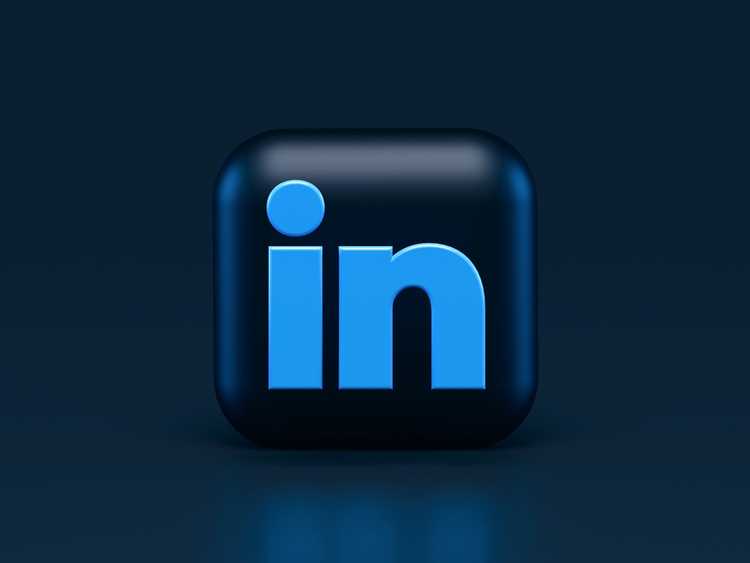How to create a product page on LinkedIn
Learn how to create and use LinkedIn product pages to build awareness around your brand and its products.
Learn how to create and use LinkedIn product pages to build awareness around your brand and its products.
A content marketing strategy and sharing on LinkedIn can help people and brands establish expertise and authority while engaging with audiences. Here are tips to get started.
Whether searching for a job, expanding your professional network, or building a personal brand, optimizing your LinkedIn profile can help you reach your professional goals.
The ultimate guide for creating a successful company page on LinkedIn, the world's largest professional network on the internet.



